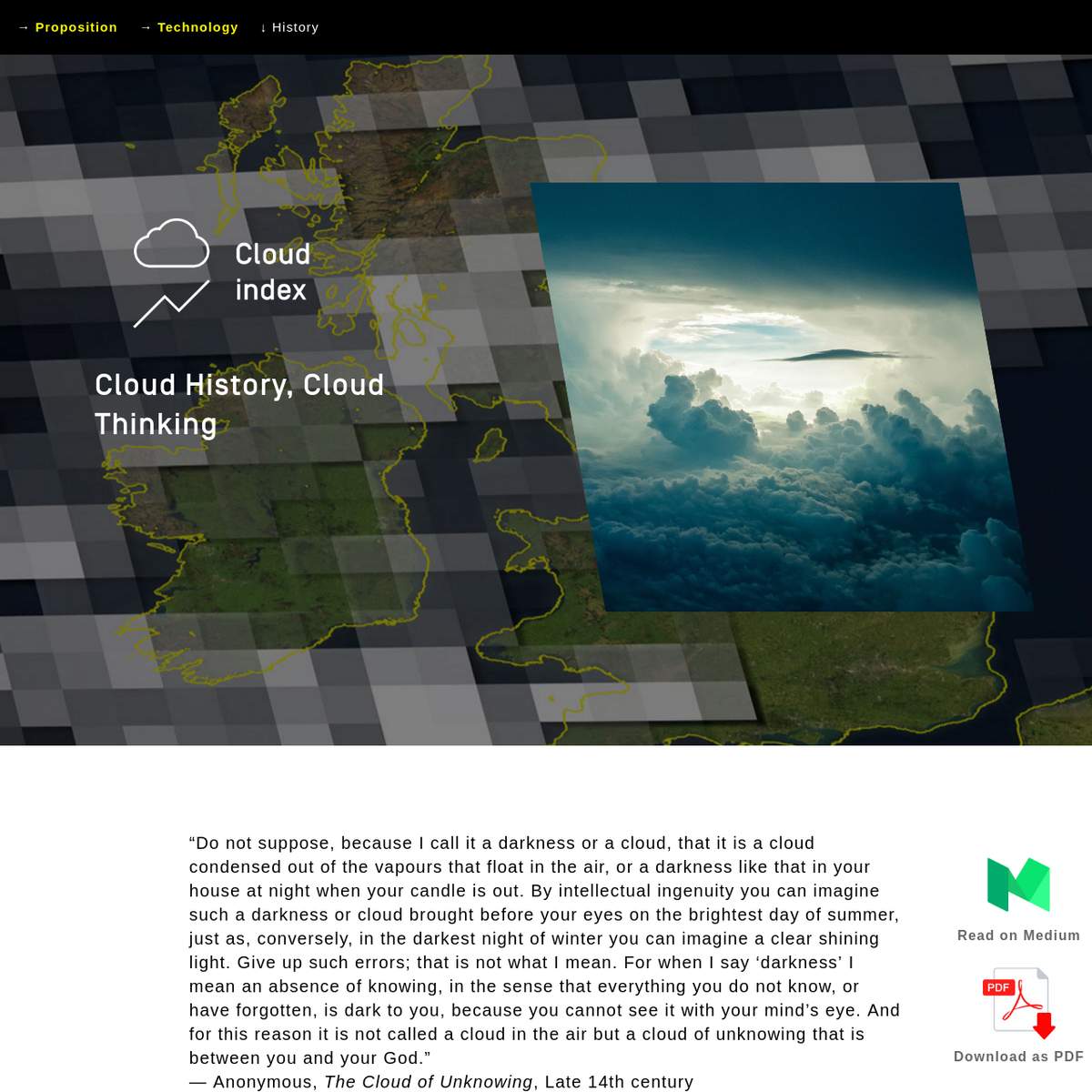syn·site
in dictionary terms: (noun): an entangled, non-singular locus of experience, exchange, environment, observation, objects, or relationships, crystallized in a networked space, actual or virtual, marked by simultaneity, plurality, and potentiality. (verb): the act of synchronizing or integrating multiple disparate locations or concepts into a unified, complex space. This process involves the recognition and active engagement with the overlapping, entangled realities of these sites, effectively creating a new, dynamic, and non-singular site. The usage of "site" as a verb in this context is an extension of its standard usage to refer to positioning or placing something, but here it refers to positioning or placing within a conceptual, multi-layered space.
in dictionary terms: (noun): an entangled, non-singular locus of experience, exchange, environment, observation, objects, or relationships, crystallized in a networked space, actual or virtual, marked by simultaneity, plurality, and potentiality. (verb): the act of synchronizing or integrating multiple disparate locations or concepts into a unified, complex space. This process involves the recognition and active engagement with the overlapping, entangled realities of these sites, effectively creating a new, dynamic, and non-singular site. The usage of "site" as a verb in this context is an extension of its standard usage to refer to positioning or placing something, but here it refers to positioning or placing within a conceptual, multi-layered space.
SYN (along with, at the same time | from Greek SYN, with | ~SYNTHETIC) + SITE (N: point of event, occupied space, internet address; V: to place in position | from Latin SITUS, location, idleness, forgetfulness | ~WEBSITE ¬cite ¬sight), cf. SITE/NON-SITE (from Robert Smithson, A PROVISIONAL THEORY OF NONSITES, 1968)



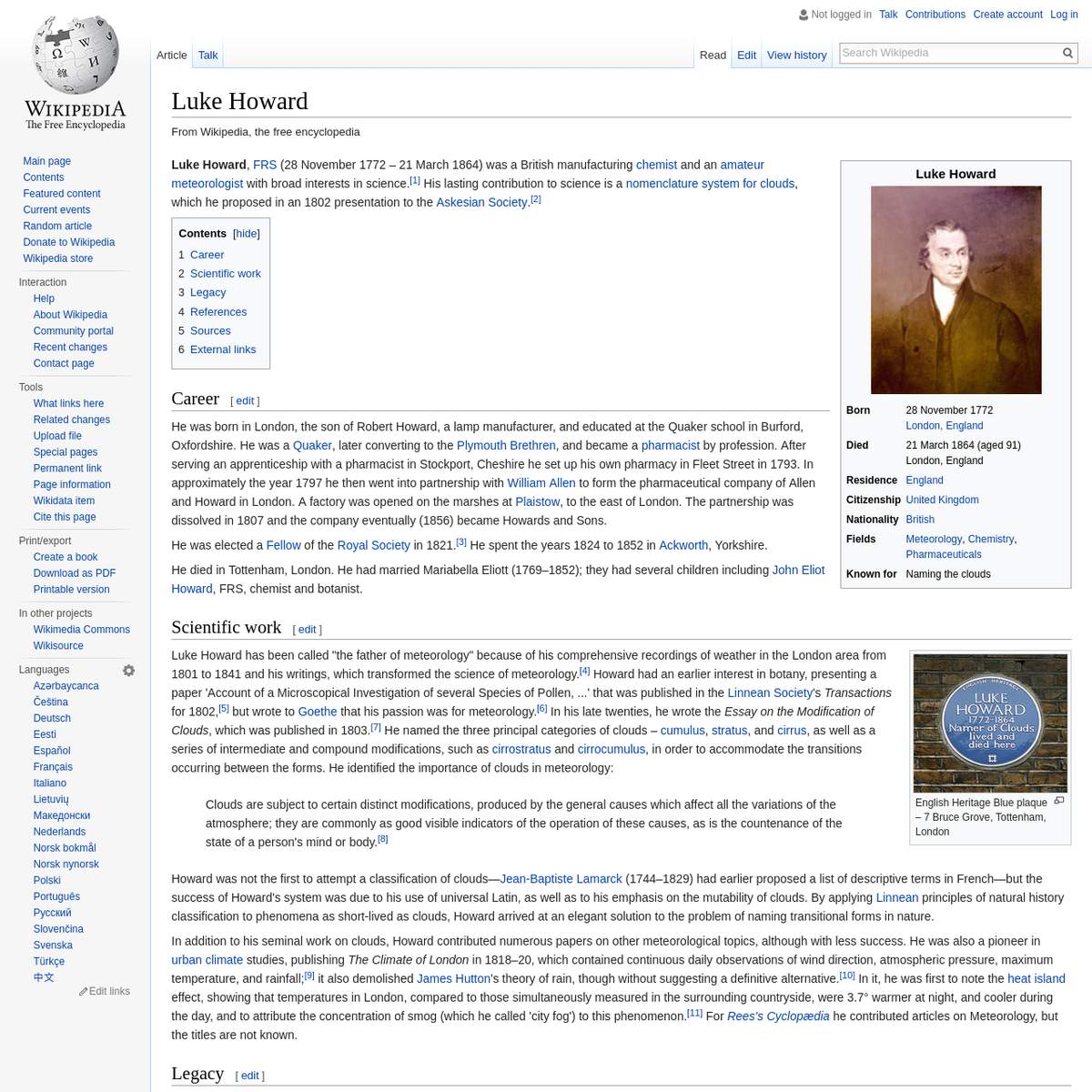


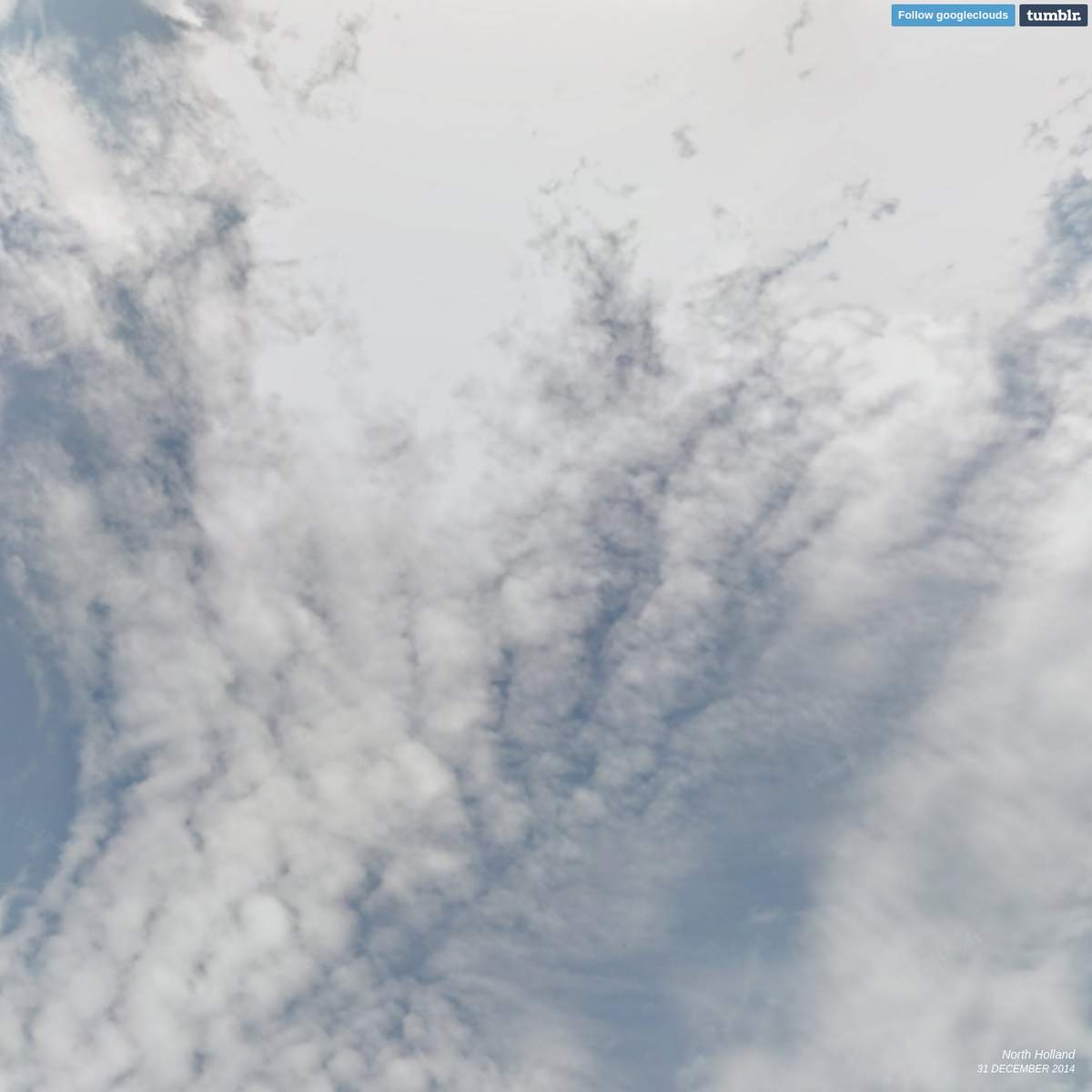


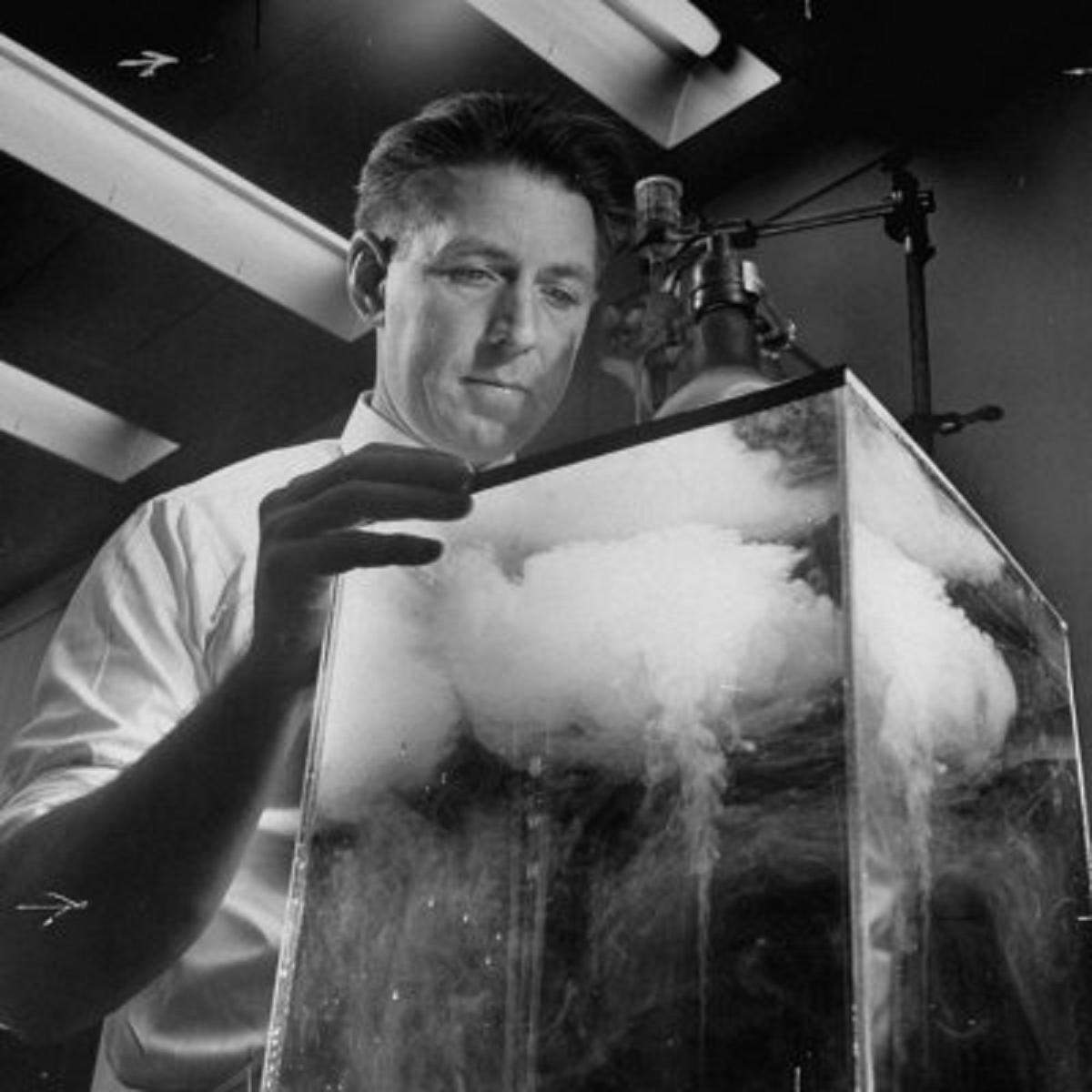





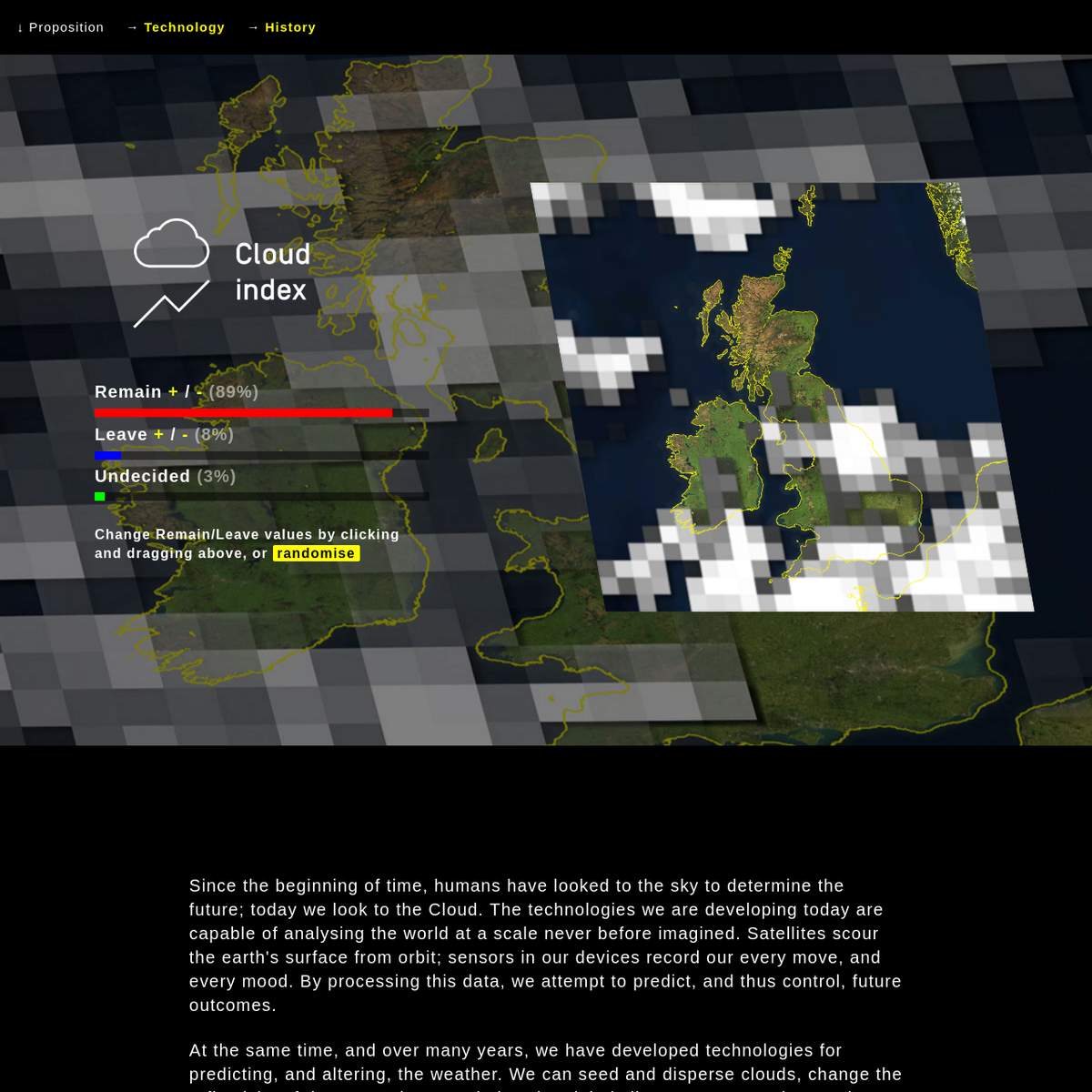








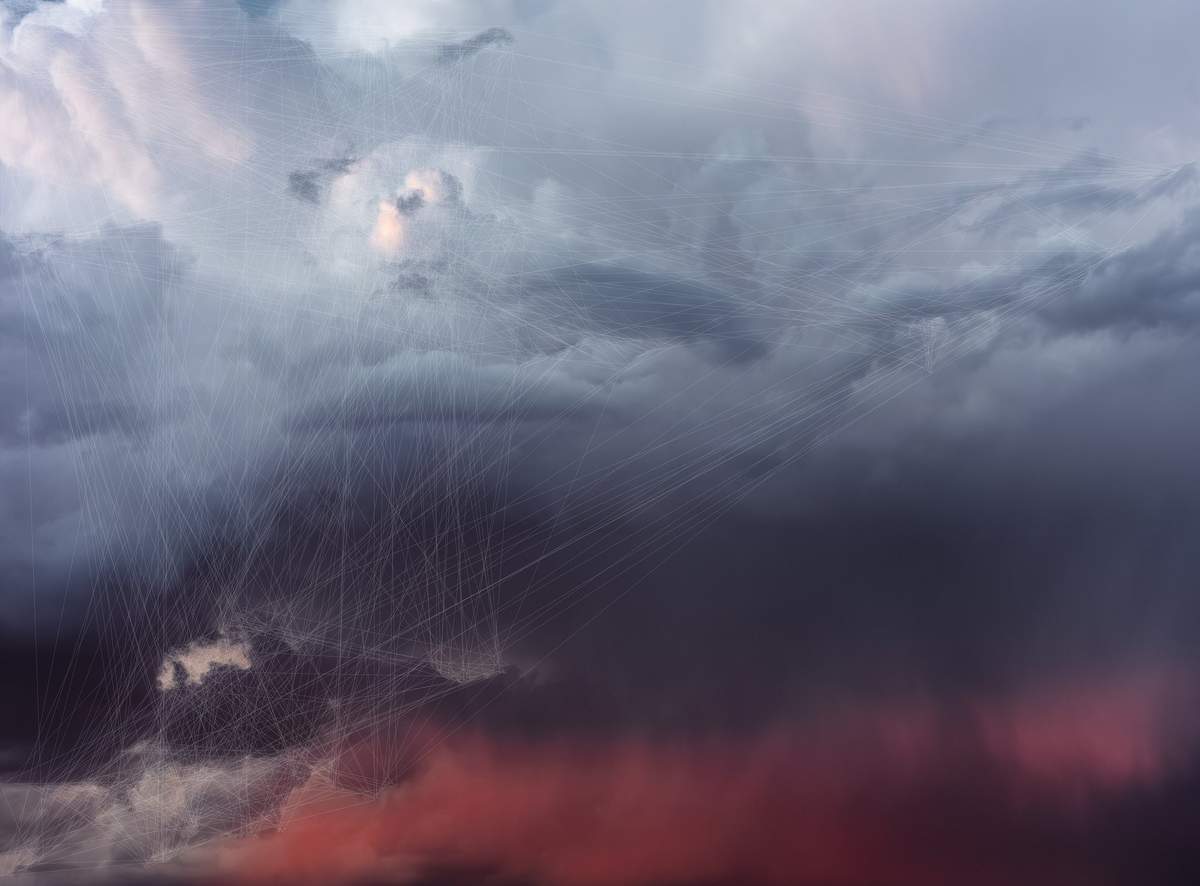


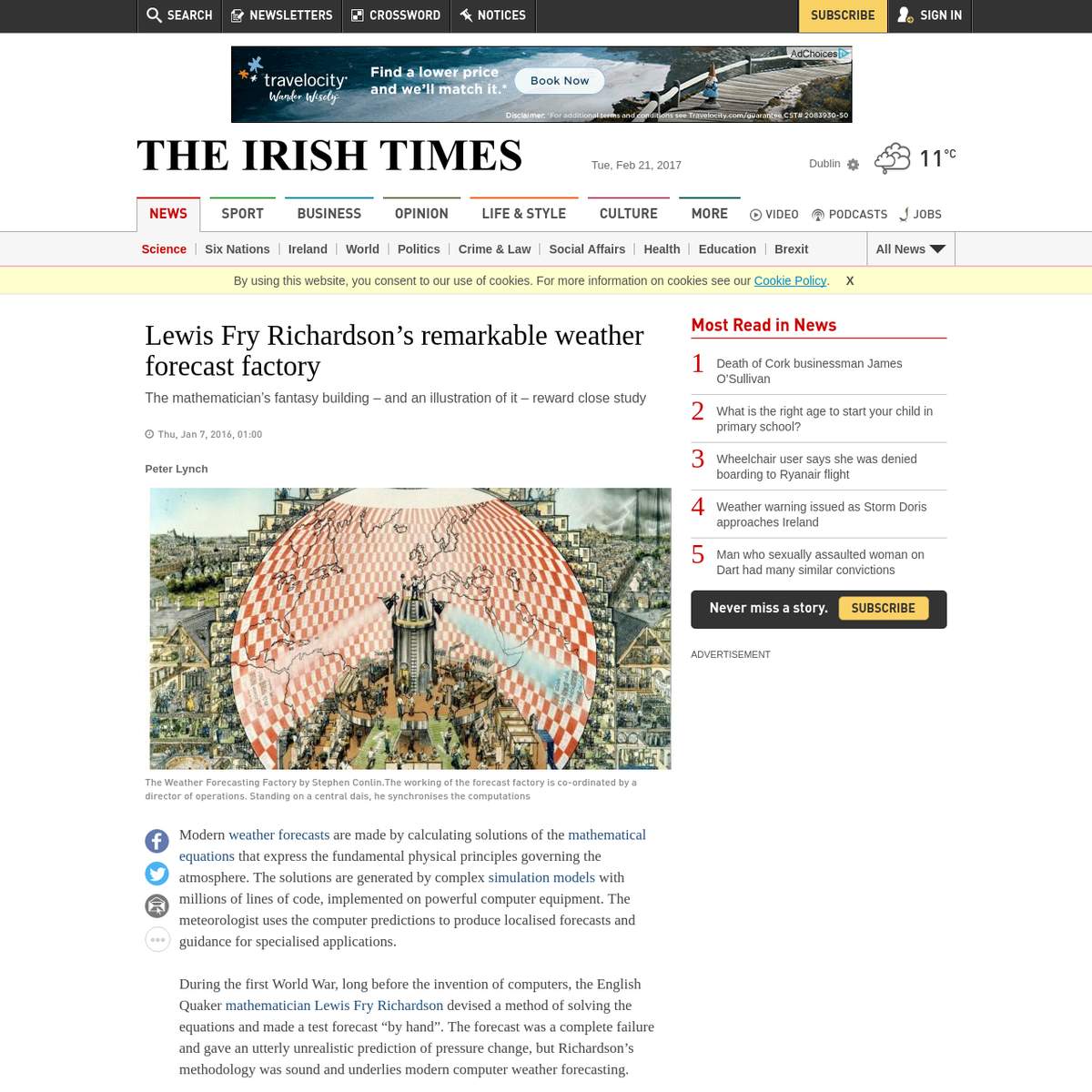








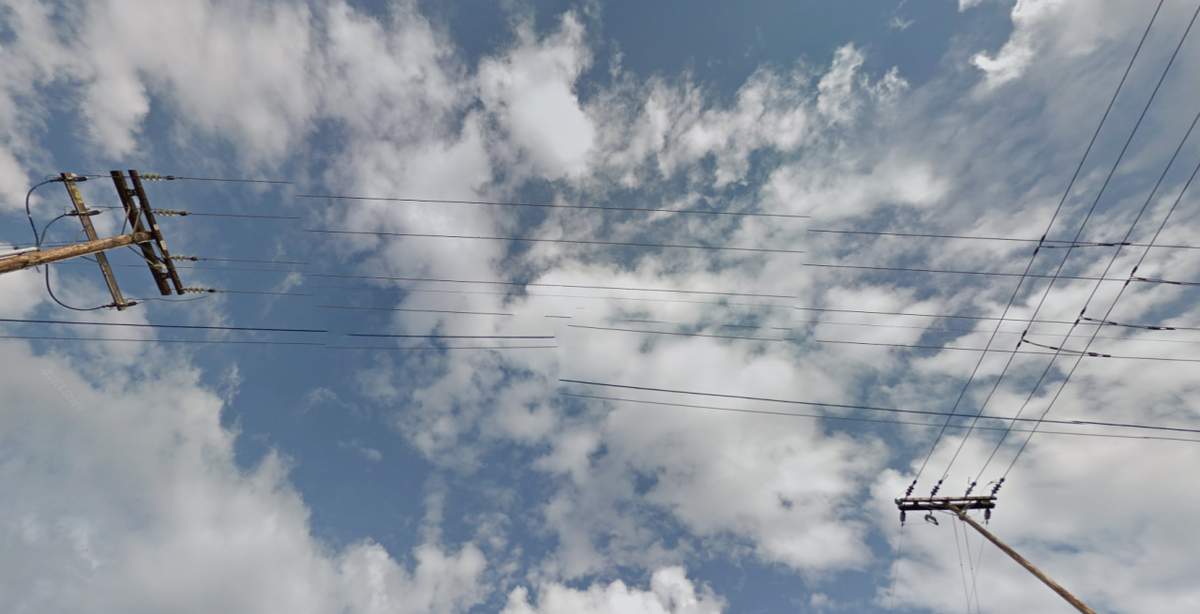





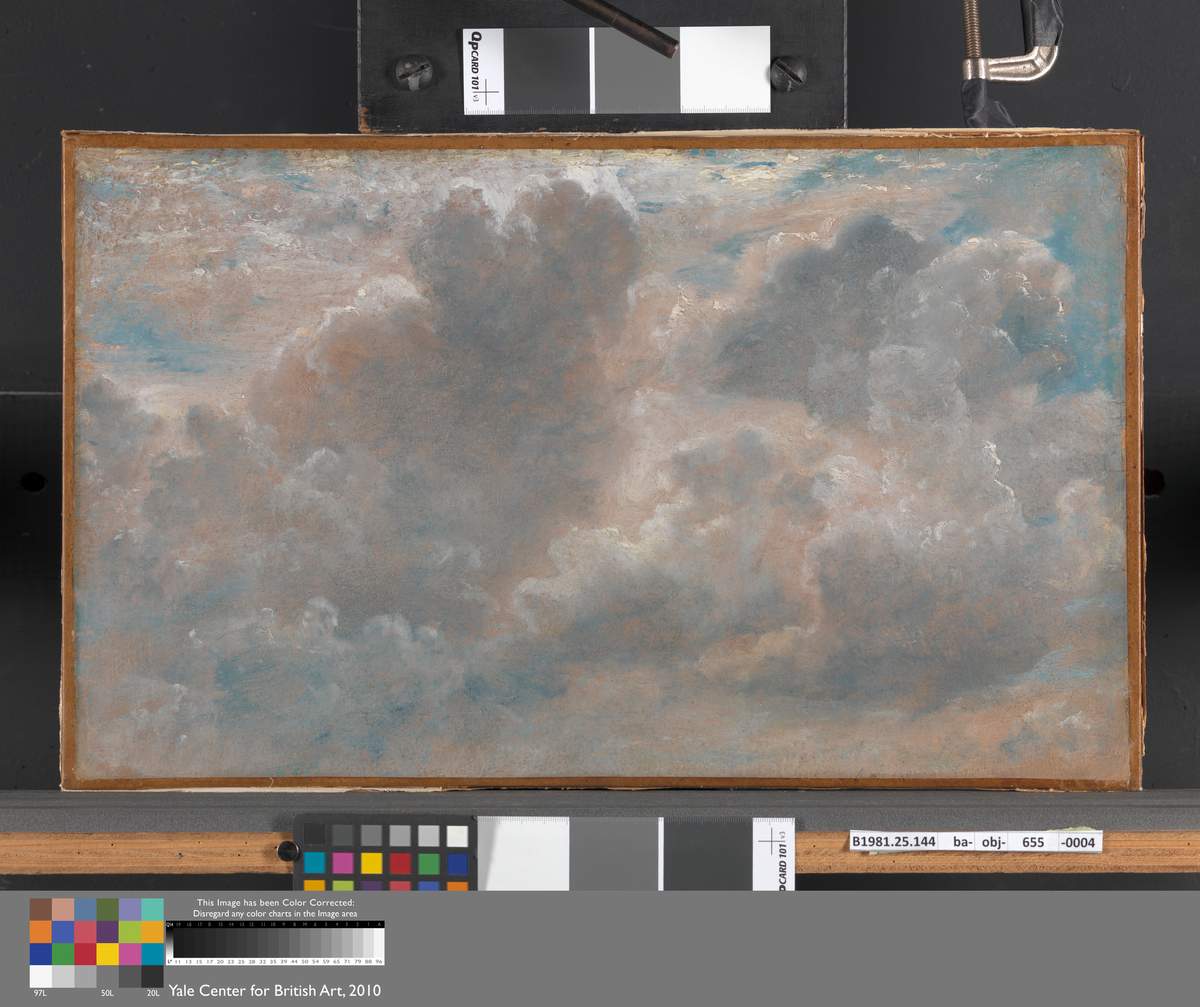








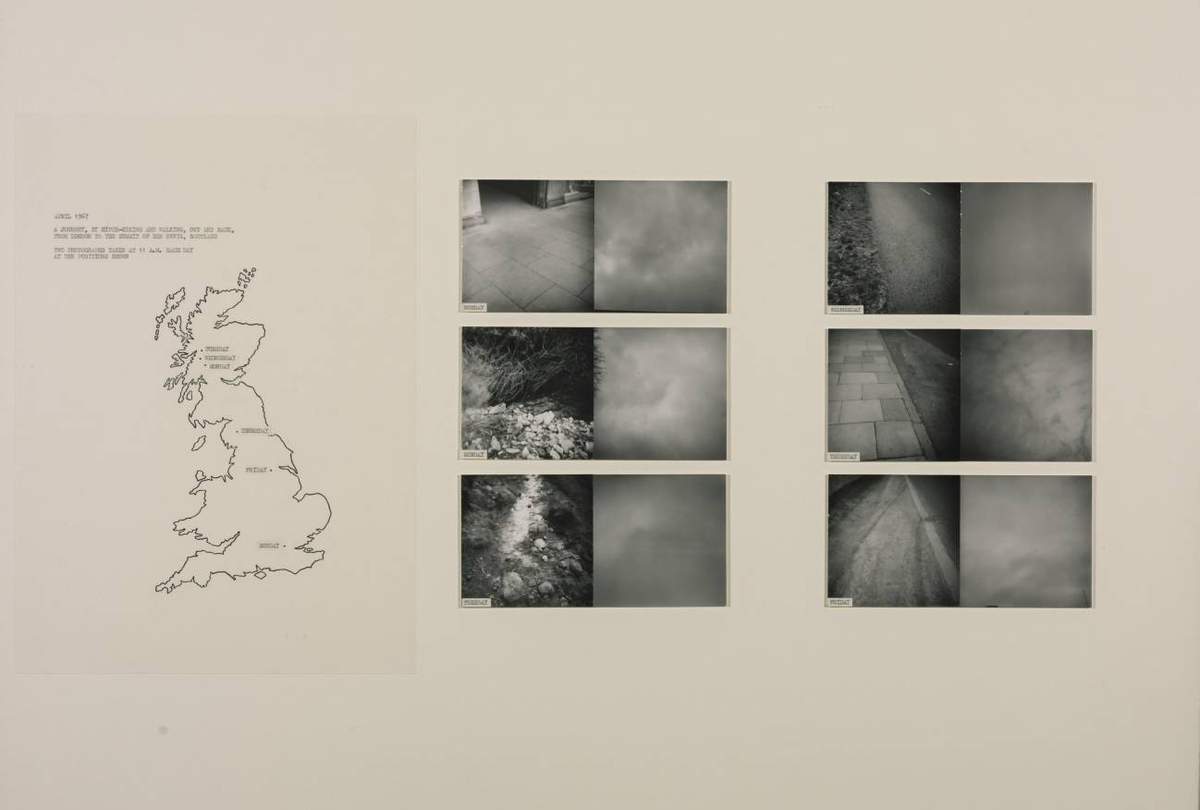


"Computer vision and artificial intelligence have become ubiquitous. We are now living in a world of planetary-scale 'Smart Cities' that track license plates, cell phone signals, faces, and pedestrian movements; self-driving cars autonomously navigate urban environments; robotic factories use computer vision for quality assurance and logistics. The works in this exhibition seek to provide a small glimpse into the workings of these platforms, and into the underlying data that structures how machines 'perceive' images, language, landscapes, and people."
"Computer vision and artificial intelligence have become ubiquitous. We are now living in a world of planetary-scale 'Smart Cities' that track license plates, cell phone signals, faces, and pedestrian movements; self-driving cars autonomously navigate urban environments; robotic factories use computer vision for quality assurance and logistics. The works in this exhibition seek to provide a small glimpse into the workings of these platforms, and into the underlying data that structures how machines 'perceive' images, language, landscapes, and people."
"Computer vision and artificial intelligence have become ubiquitous. We are now living in a world of planetary-scale 'Smart Cities' that track license plates, cell phone signals, faces, and pedestrian movements; self-driving cars autonomously navigate urban environments; robotic factories use computer vision for quality assurance and logistics. The works in this exhibition seek to provide a small glimpse into the workings of these platforms, and into the underlying data that structures how machines 'perceive' images, language, landscapes, and people."









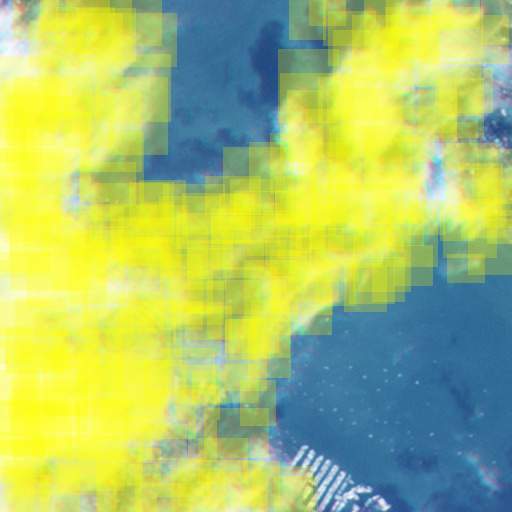





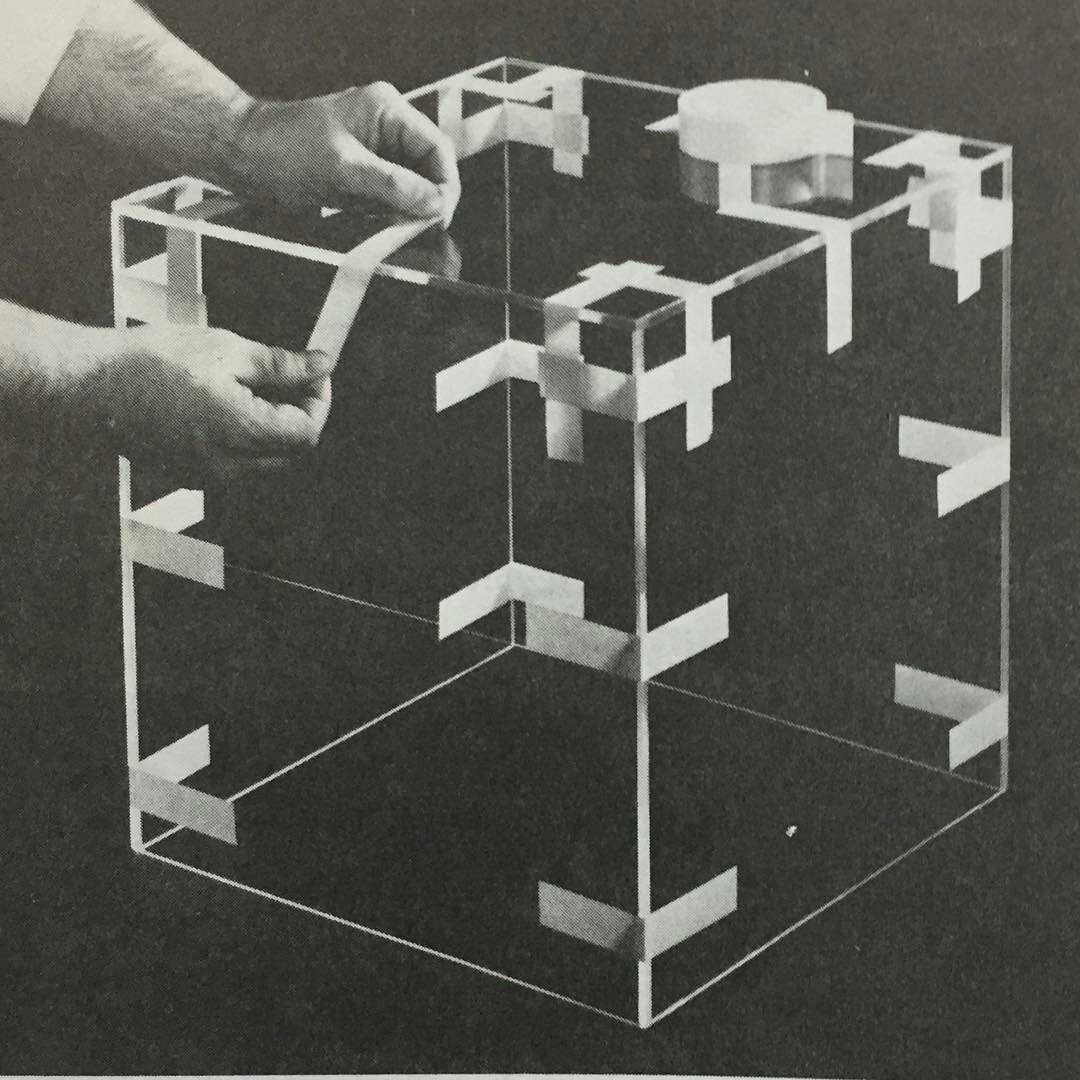





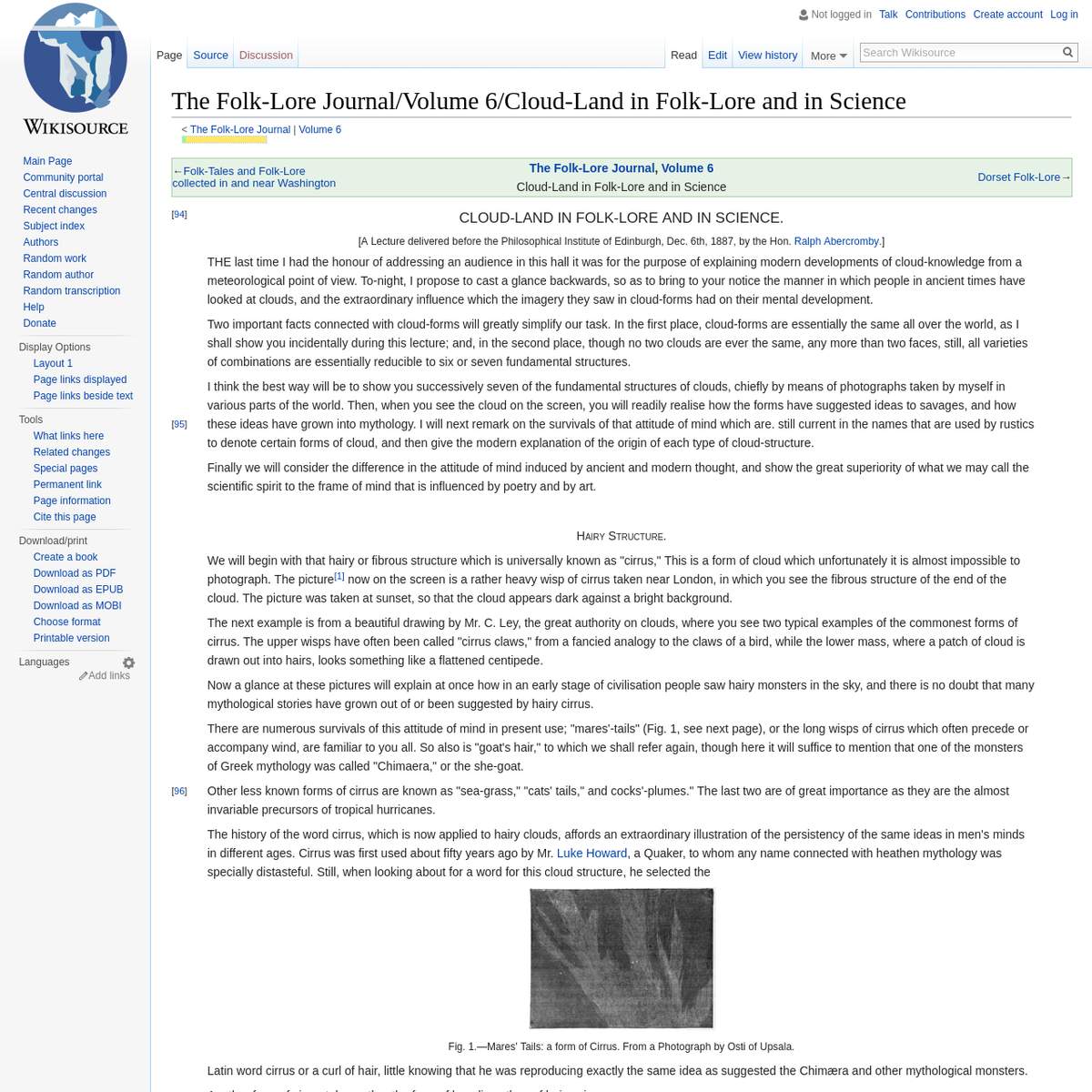


"Cloud computing is the full spectrum deployment of computational thinking to the world, and the internet makes of these clouds a single, vast, planetary weather system."
"Cloud computing is the full spectrum deployment of computational thinking to the world, and the internet makes of these clouds a single, vast, planetary weather system."
"Cloud computing is the full spectrum deployment of computational thinking to the world, and the internet makes of these clouds a single, vast, planetary weather system."
